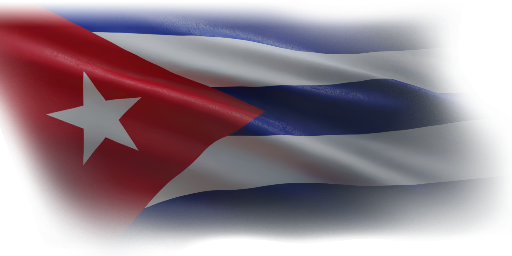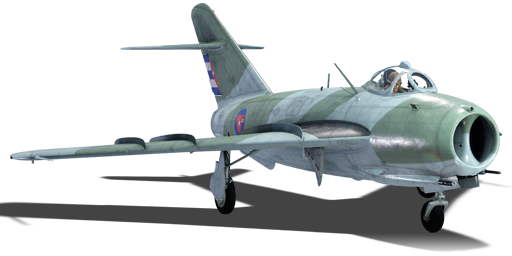



During 1964, Cuba became one of the first export customers of the MiG-17 aircraft outside the Warsaw Pact, having purchased the MiG-17AS variant to replace its aging MiG-15bis fleet in the frontline fighter role. The MiG-17AS, in addition to the more reliable engine, had the required wiring to mount and use the R-3S air-to-air missile. The aircraft would serve a long life with the Cuban Air Force before being phased out of service in favour of MiG-23s during the 1980s. The MiG-17AS in Cuban service is most famous for the Homestead incident; on October 5, 1969, Cuban MiG-17AS #232 was flown by Lieutenant Eduardo Guerra Jimenez to defect to the United States, landing it in Homestead AFB, Florida, and sparking major controversy and reforms about American security almost instantly, as President Lyndon B. Johnson's Boeing 707 "Air Force One" was at the time also at the airbase used for the defection, and as the Cuban pilot's intentions were not known until after he landed (undetected). Had his intentions been different, he could have easily not only destroyed Air Force One on the ground, but started a surprise attack on US soil.
The MiG-17AS was introduced in Update 1.91 "Night Vision" as a pack premium in the Gaijin store. Being a MiG-17 airframe, it has the same advantages and disadvantages of its tech tree brother, the MiG-17. The primary difference is that the MiG-17AS has access to the R-3S air-to-air missile, which the tech tree variant does not get. All in all, the MiG-17AS is an interesting premium, mostly reserved for collectors, as it does not have a major advantage over the tech tree equivalent,
The MiG-17AS was removed from the Gaijin store after the 2022 May sale. The MiG-17AS has since been made temporarily available as a collector aircraft, returning briefly for certain historical events for purchase in-game using Golden Eagles. The aircraft would first return (temporarily) for purchase during the 2023 "Russian Air Force Day" mini-event.
flaps
flaps
flaps
brake
| Belt | Belt filling | Armor penetration (mm) at a distance: | |||||
|---|---|---|---|---|---|---|---|
| 10 m | 100 m | 500 m | 1000 m | 1500 m | 2000 m | ||
| HEFI-T/HEFI-T/API-T | 49 | 47 | 39 | 32 | 26 | 21 | |
| HEFI-T/HEF-I/HEF-I | 6 | 6 | 5 | 4 | 3 | 3 | |
| API-T | 49 | 47 | 39 | 32 | 26 | 21 | |
| Belt | Belt filling | Armor penetration (mm) at a distance: | |||||
|---|---|---|---|---|---|---|---|
| 10 m | 100 m | 500 m | 1000 m | 1500 m | 2000 m | ||
| AP-I/FI-T | 32 | 30 | 22 | 15 | 10 | 7 | |
| FI-T/AP-I/AP-I/AP-I | 32 | 30 | 22 | 15 | 10 | 7 | |
| FI-T/FI-T/FI-T/AP-I | 32 | 30 | 22 | 15 | 10 | 7 | |
| AP-I | 32 | 30 | 22 | 15 | 10 | 7 | |







 2 x (125 / 380 / 600) %
2 x (125 / 380 / 600) % 
 2 x 214 %
2 x 214 % 

Flight performance | |
|---|---|
Survivability |
|---|
Weaponry | ||
|---|---|---|